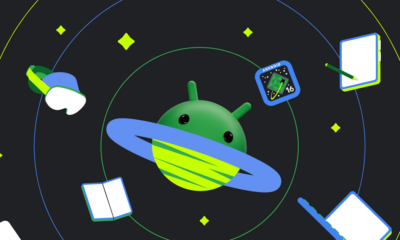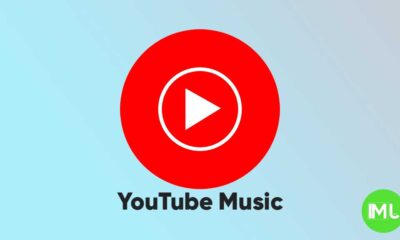Google Workspace embraces AI with full Gemini integration, ushering in a new era of productivity
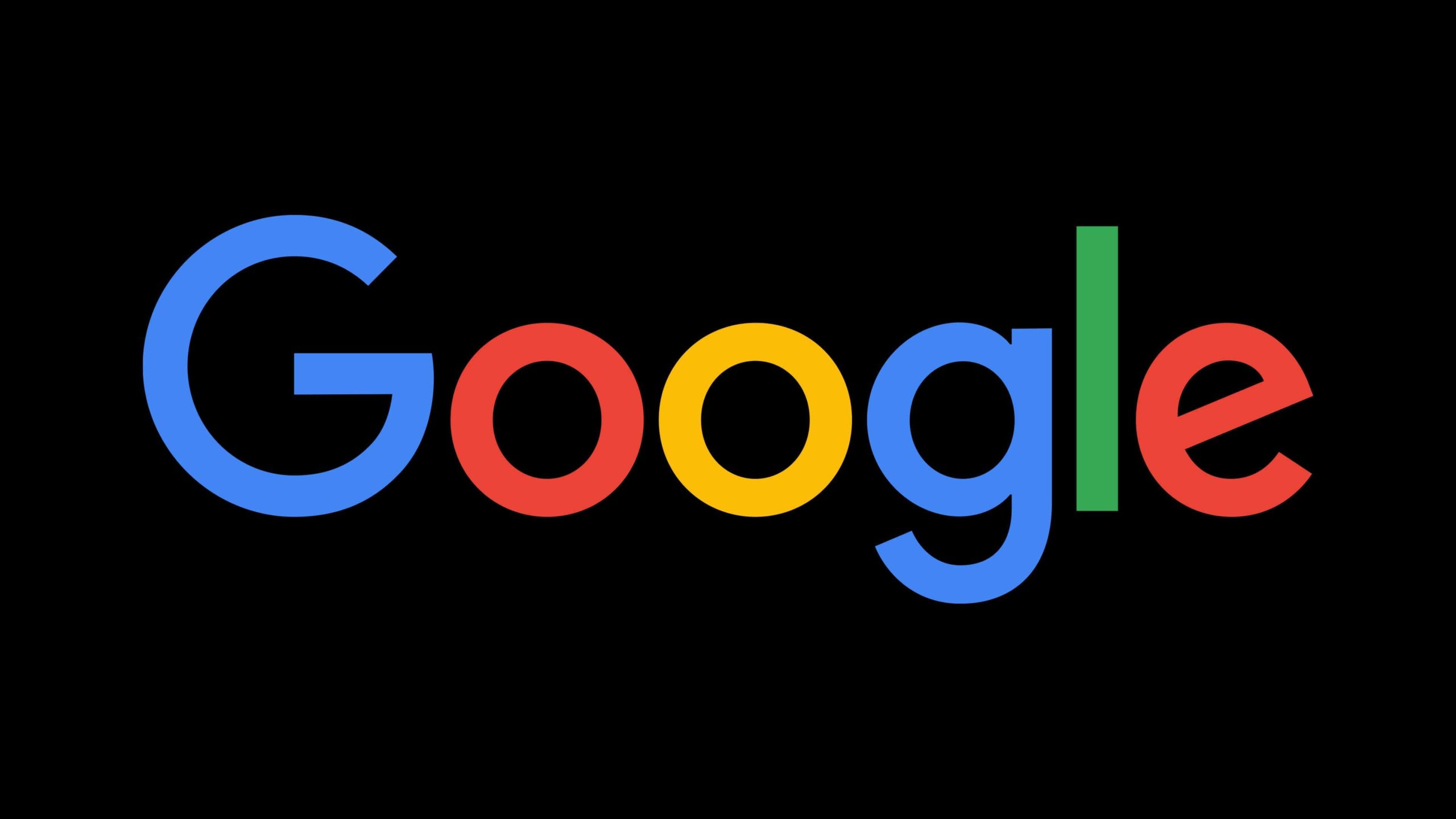
The way we work is constantly evolving, and technology plays a pivotal role in shaping that evolution. Google, recognizing the transformative power of artificial intelligence, is making a significant shift by fully integrating its Gemini AI model into Google Workspace. This isn’t just a minor upgrade; it’s a fundamental change in how Google envisions the future of productivity.
Previously, accessing the full potential of Gemini within Workspace required an additional subscription, creating a tiered system where advanced AI features were reserved for those willing to pay extra. This approach is now being replaced with a more inclusive model. The complete Gemini experience is becoming a core component of Workspace Business and Enterprise plans, marking a departure from the traditional add-on structure.
This strategic move by Google underscores its belief that AI is no longer a supplementary tool but rather a foundational element of modern work. By embedding Gemini directly into Workspace, Google aims to empower users with intelligent assistance across various applications, streamlining workflows and unlocking new levels of efficiency. This also positions Google competitively against other platforms that maintain a per-user, per-month pricing model for similar AI functionalities.
So, what exactly does this full Gemini integration entail? Workspace Business (Standard and) and Enterprise users will gain access to a suite of AI-powered features across their favorite applications:
- Gmail: Gemini will offer a side panel for quick Q&A, assist with writing emails, provide contextual smart replies, and summarize lengthy threads.
Drive: The Gemini side panel will offer intelligent file management and assistance.
Docs: Users can leverage Gemini’s help with writing and creating documents, streamlining the content creation process.
Sheets: Gemini will assist with organizing data, enhancing smart fill capabilities, and providing data-driven insights.
- Slides: Gemini will help create images, remove backgrounds, and enhance presentations.
Meet: Gemini will automatically take notes during meetings, create virtual backgrounds, and enhance audio and video quality with Studio Look/Sound.
Chat: The Gemini side panel will assist within chat conversations.
Beyond these core applications, users will also gain access to Google Vids and NotebookLM Plus with team-sharing capabilities, further enhancing collaboration and knowledge management. Furthermore, users will have access to Gemini Advanced with 1.5 Pro and the ability to create custom Gems.
Even the entry-level Workspace Business Starter plan, with its 30GB storage limit, will receive access to the Gemini side panel in Gmail, a standard version of Gemini, and a basic version of NotebookLM.
Crucially, Google has emphasized its commitment to data privacy and security. User data, prompts, and generated responses will not be used to train Gemini models outside of their domain without explicit permission.
This comprehensive integration of Gemini into Workspace comes with a price adjustment. While all Workspace tiers will see a slight price increase, Google has provided an example illustrating the potential cost savings. A customer previously paying for Workspace Business Standard with the Gemini Business add-on would pay significantly less under the new pricing structure, despite gaining access to a more comprehensive suite of AI features.
The new pricing is effective immediately for new customers. Existing customers with monthly subscriptions will see the updated pricing starting March 17, 2025, or at their next renewal date for annual or fixed-term plans. Notably, very small business customers are exempt from these price changes at this time and will still receive the new Gemini features.
The rollout of these Gemini features has already begun for Workspace customers, preceding the price increase. Workspace Business customers can anticipate features like the Gemini side panel, “Help me write,” “Take notes for me,” Gemini Advanced, and NotebookLM Plus to appear in their accounts in the coming days. The rollout for Workspace Enterprise will begin at the end of the month, allowing administrators time to adjust settings.
In conjunction with this integration, Google is discontinuing the separate Gemini Business, Gemini Enterprise, AI Meetings and Messaging, and AI Security add-ons. There are no immediate changes planned for Workspace Individual, Education, Google Workspace for Nonprofit, or consumer accounts.
Google Home Expands Compatibility with Nest Protect and Matter Smart Locks
The Google Home ecosystem is expanding its reach with the introduction of support for Nest Protect smoke and carbon monoxide detectors, as well as Matter-certified smart locks. This expansion brings enhanced home safety and convenience to Google Home users.
The integration with Nest Protect allows users to:
- Receive emergency and heads-up notifications for smoke and carbon monoxide.
- Get critical status alerts regarding battery health and device issues.
- View alarm history and run system-wide safety checkups.
- Schedule automatic sound check testing.
- Modify system and alarm settings.
- View camera live feeds directly from the emergency alarm card.
- Access E911 calling for Nest Aware subscribers in the US.
This deeper integration with Nest Protect provides a centralized hub for managing home safety, empowering users with real-time information and control.
Furthermore, Google Home is embracing the Matter standard by adding support for compatible smart locks. This allows users to:
- Receive lock notifications.
- Manage passcodes, including setting household access, editing passcodes, creating guest profiles, and adding labels.
- Control various settings, such as one-tap entry, automatic locking, vacation mode, and one-touch locking.
Google notes that not all listed lock features will be compatible with every third-party Matter lock.
This Nest Protect and Matter smart lock support is currently available through the Google Home Public Preview program, initially rolling out to the Android app (version 3.27+) with iOS support to follow.
Google Play Store Streamlines Core System App Listings to Combat Review Bombing
The Google Play Store is constantly evolving, and a recent change has been observed in how core system apps are displayed. This change, while seemingly a reduction in features, aims to address the issue of unfair review bombing.
A recent update to the Play Store introduced a simplified version of app listing pages for certain core system apps. These minimal listings display only essential information: the app’s name and icon, the developer, a call-to-action button, and a brief description. Gone are the reviews, ratings, support information, and related app carousels.
These streamlined listings are not accessible through standard Play Store searches but rather through external links or within the Pending Downloads section during app updates.
The purpose of this change is likely to mitigate the impact of uninformed reviews on core system apps. Users who don’t fully understand the function of these apps sometimes leave negative reviews simply because they notice the app on their devices. This can lead to a cycle of mistrust and even prompt users to uninstall crucial updates.
By simplifying the app details page, Google hopes to reduce this unwarranted criticism. However, this also places a greater emphasis on developers to provide clear and concise explanations of their apps and their importance to the device’s functionality. Educating users is key to preventing misunderstandings and fostering trust.
YouTube Music adds new feature to keep song volume steady
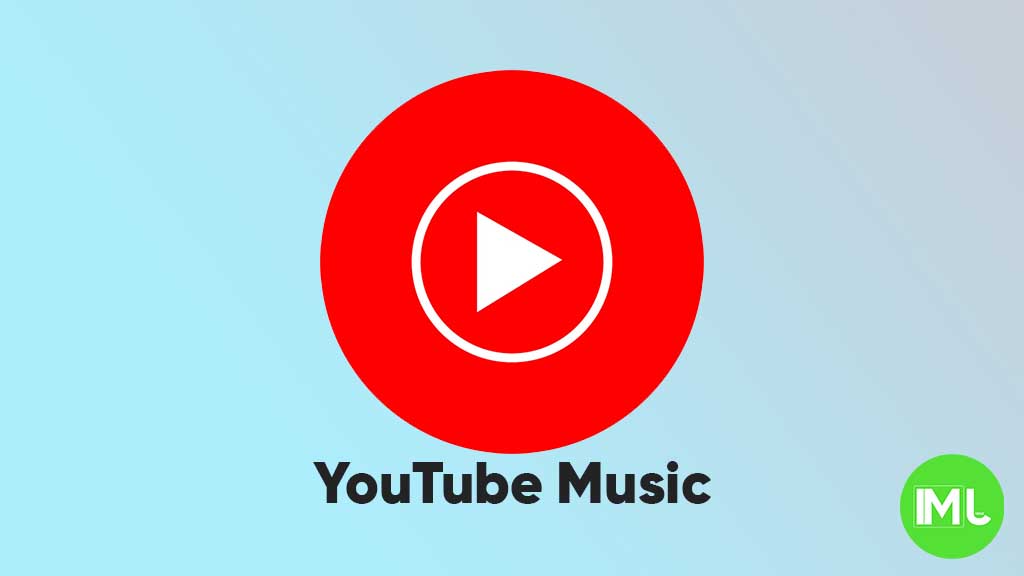
YouTube Music is rolling out a new feature called “Stable volume” to make your listening experience better. This option helps keep the sound level the same across all songs, so you won’t have to turn the volume up or down when switching tracks.
Sometimes, songs are louder or softer depending on how they were made. This new feature fixes that by adjusting each track so that all music plays at a similar volume. It’s especially useful when you’re using headphones or listening in the car.
You can find this option in the YouTube Music app by going to Settings > Playback & restrictions, where you’ll see a switch for “Stable volume.” It works for both free and Premium users, and it’s now appearing on Android devices (version 7.07 or later). iOS support may come soon, but it’s not available yet.
This is a welcome update, as many streaming apps like Spotify and Apple Music already have similar volume balancing tools. It helps make playlists and albums sound smoother and more enjoyable without constant volume changes.
So far, the feature is being released in stages, so you might not see it right away, but it should show up soon for everyone.
Android
Android 16 beta adds battery health info, Pixel Fold gets better at detecting opens and closes
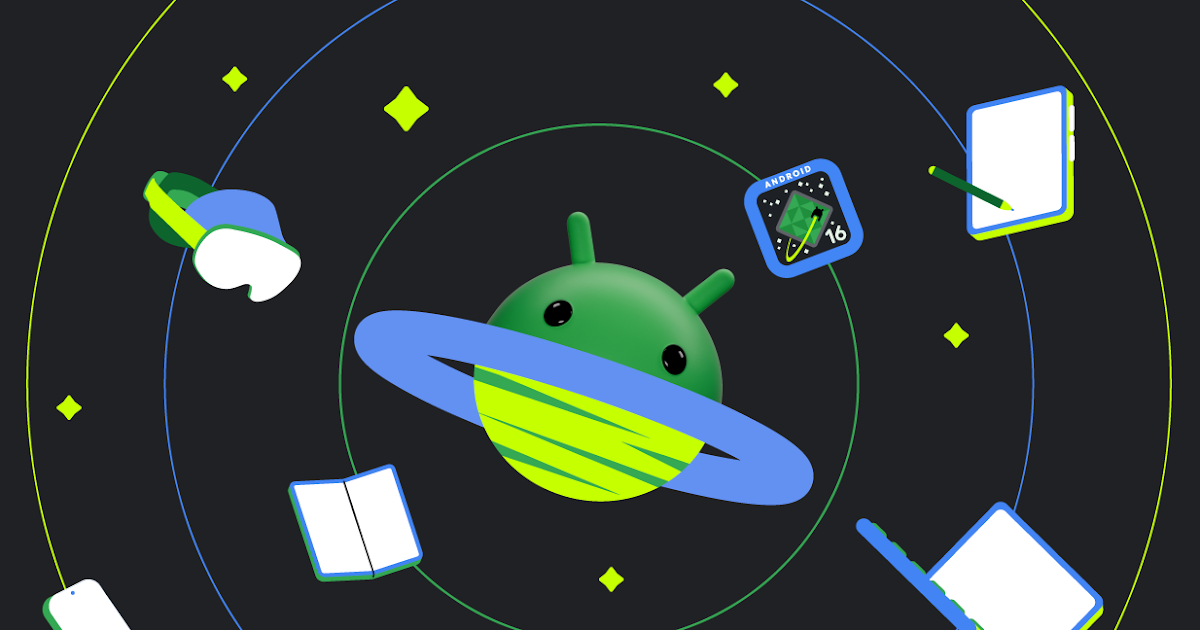
Google has released the Android 16 Beta 1 update for Pixel phones, and it brings some helpful new features. One of the key additions is battery health information, which is now available in the settings. Pixel users can now see the battery’s manufacturing date, charge cycles, and overall health score. This can help people understand how well their battery is holding up over time. While this feature is currently hidden under developer options, it might be fully added in a future update.
At the same time, Google is also working to improve the Pixel Fold. With Android 16 Beta 1, there’s a new system that better detects when the phone is opened or closed. This new method uses the hinge angle to more accurately understand the device’s position. Unlike older systems that could be affected by software bugs or slow response times, this new one seems to be more reliable and faster.
These changes are important for people who use foldable phones like the Pixel Fold, as better hinge detection can lead to smoother app transitions and fewer bugs. And for all Pixel users, having detailed battery info can help with managing phone performance and deciding when it’s time for a battery replacement.
Overall, Android 16 Beta 1 focuses on giving users more control and smoother experiences, especially for those with foldables.
Android
Android 16 could bring colorful always-on display to Pixel phones

Google is working on Android 16, and it looks like the update could bring more color to the always-on display (AOD) feature on Pixel phones. Right now, the AOD mostly shows white text on a black screen. But a new setting found in the Android 16 Developer Preview hints at the ability to add colors to this display.
The new feature is called “AOD Preview,” and it includes a switch labeled “Color AOD.” While this setting doesn’t work yet, it suggests that Google might be planning to show colorful content even when the screen is in low-power mode.
This change could make AOD look more lively, maybe by adding color to the clock, notifications, or wallpaper. So far, it’s not clear exactly what will change or how customizable it will be, but the feature seems to be in early testing.
Samsung already has more colorful AOD options on its Galaxy devices, so this update could help Pixel phones catch up. Google often introduces new features first on Pixel devices before making them available to other Android phones.
Android 16 is still being developed, and many features are not ready yet. But if Color AOD becomes part of the final release, Pixel users could get a more vibrant and useful always-on display in the near future.
-

 Apps1 year ago
Apps1 year agoGboard Proofread feature will support selected text
-

 News1 year ago
News1 year agoSamsung USA crafting One UI 6.1.1
-

 News1 year ago
News1 year agoBreaking: Samsung Galaxy S22 may get Galaxy AI features
-

 News1 year ago
News1 year agoSamsung Galaxy S23 Ultra with One UI 6.1 and all S24 AI features revealed
-

 News1 year ago
News1 year agoOne UI 6.1 Auracast (Bluetooth LE Audio) feature coming to many Samsung phones
-

 News1 year ago
News1 year agoSatellite SOS feature coming to Google Pixel phones, evidence leaked
-

 Apps11 months ago
Apps11 months agoGoogle’s fancy new Weather app is finally available for more Android phones
-

 News1 year ago
News1 year agoGoogle Pixel evolves as Europe’s third best selling flagship

